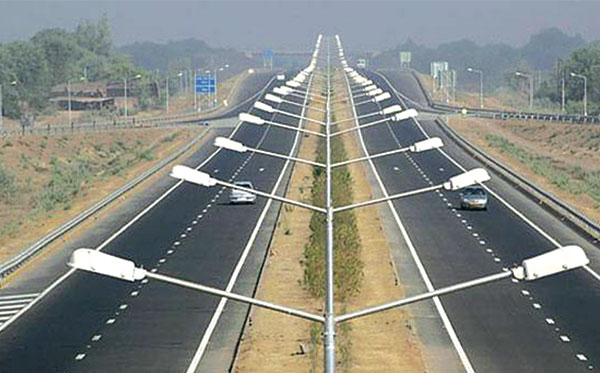
Team Herald
PANJIM: Around 30 environment experts, associated with the country’s top institutes, have pointed out that the Environment Impact Assessment (EIA) studies of the three proposed infrastructure projects – double tracking of railway, power transmission line and national highway expansion – passing through the protected wilds of Mollem, are ‘considerably weak’ and ‘riddled with inadequacies’.
The experts, associated with institutes like the National Institute of Advanced Studies, Azim Premji University in Bengaluru, Wildlife Conservation Trust in Mumbai, Maharaja Sayajirao University of Baroda, etc, have proposed a cumulative EIA of the three projects on the protected areas of the Bhgwan Mahavir Wildlife Sanctuary and Mollem National Park.
In a statement issued, the environmentalists have slammed the Union Ministry for Environment, Forest and Climate Change (MOEF&CC) for granting environmental clearances (EC) to the projects.
The joint study states that the presence of tigers in the protected area is not mentioned.
“The presence of the Bengal Tiger in the area is also not mentioned. The report states that no endangered species are found in the area which is clearly misleading, considering three endangered mammal species occur, including the Tiger, Dhole, and Indian Pangolin,” the study states, citing the EIA of National Highway 4A expansion.

Referring to the EIAs related to the double tracking of railway line by the South Western Railway, the study, said that several important bird, mammal and insect species prevalent in the Western Ghats, where the track doubling project passes through, are missing.
“Asian Palm Civet is coded as a carnivore, but the Small Indian Civet, Brown Palm Civet and Stripe-necked Mongoose are incorrectly coded as herbivores; the otter and Indian Pangolin are coded as large mammals, but the Asiatic Wild Dog, which is larger in size is coded as a small mammal,” the study states.
“This reveals a naive understanding of mammals and the impacts that railway expansion could have on low-density species such as carnivores,” it also adds.
The study has also mentioned that the detailed project report (DPR) of a power transmission line has failed to highlight the larger effects of the transmission line on birds and volant mammals such as bats.
In the past too, several environmentalist, educationists, lawyers, students and other concerned citizens had raised questions over the EIA and written to MoEF&CC demanding a cumulative study of the three projects and also withdrawal of all the permissions granted.
